Hedges History
On January 6, 1884, Pete Walters discovered the first gold vein in Gold Rock Canyon, approximately four and a half miles from Ogilby Station on the Southern Pacific Railroad. By the end of the year, a significant number of miners had arrived in the area, prompting the organization of a meeting in December to formally establish a mining district. The district was named Ogilby, and the emerging settlement became known as "Gold Rock Camp."
Lack of water and difficulties profitably extracting the gold from the low-grade ore slowed development of the district during the remainder of the decade. Eventually outside capital allowed for large infrastructure projects that solved these problems.
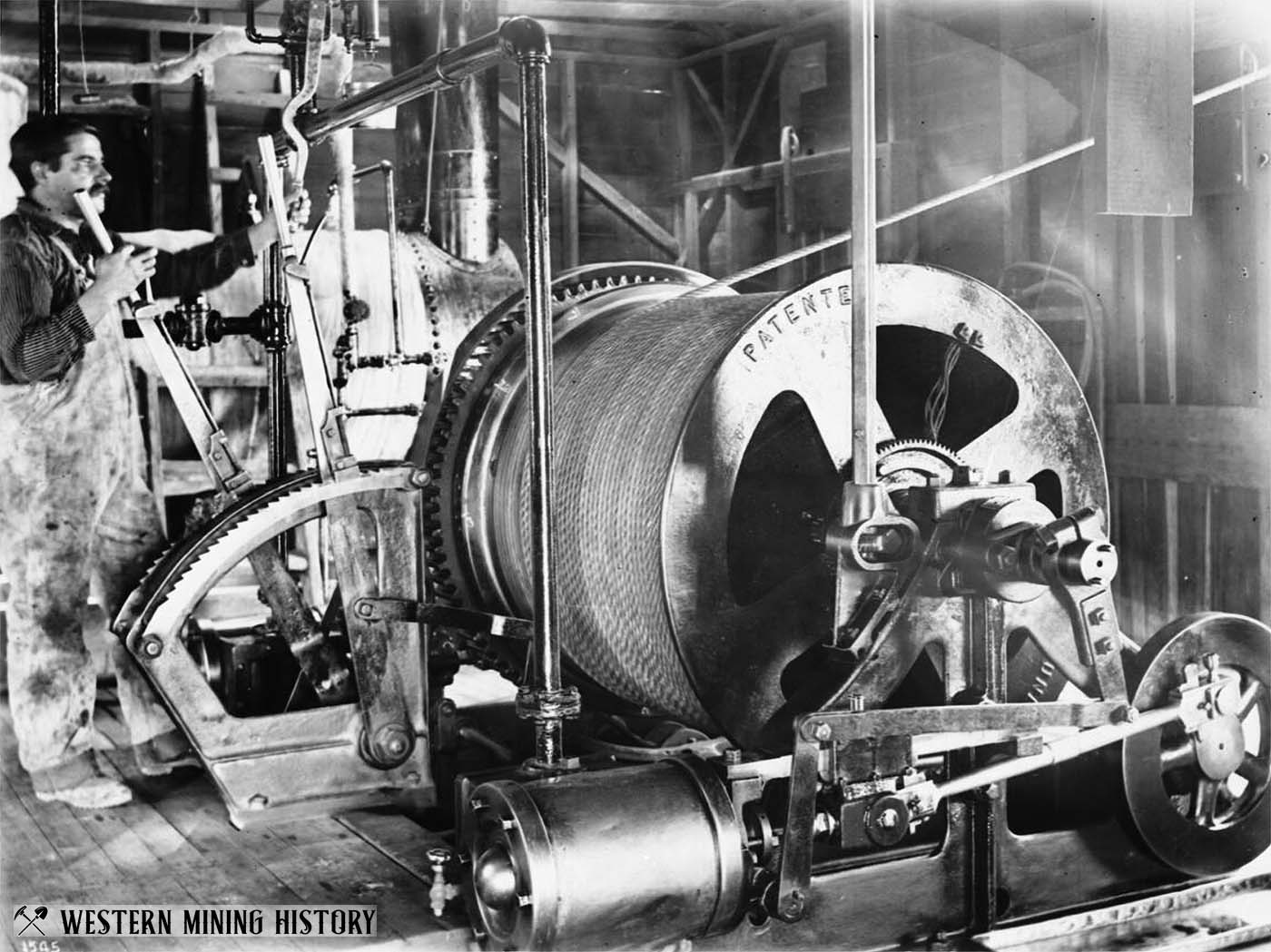
In the early 1890s the Golden Cross Mining and Milling Company took control of the district’s leading properties and built mills to process ore from the mines. A twelve-mile pipeline was constructed that delivered 125,000 gallons of water daily from the Colorado River. The camp evolved into a proper town, and was renamed Hedges after the Hedges brothers of Los Angeles, who were the principal stockholders of the company.
The September 26, 1894 edition of The Ontario Record reported on the Ogilby district:
The deepest mine in the camp is 300 feet down, and not another foot needs to be sunk to keep a 100-stamp mill running for the next three years. Neither wall in this great ore body has been found.
The Golden Cross Mining and Milling company is owner of the properties worked at present, the main mine being the Golden Queen in point of development. Thirty men are at work in the mine, and seven men break enough rock to keep the forty-stamp mill going night and day, crushing 120 tons. One man develops enough ore to keep fifty men busy. Some of the big stopes in that mine would easily contain the biggest building in San Diego, if not quite the Hotel del Coronado.

Two hundred and fifty people are in the camp, and the population is rapidly growing. Other companies are becoming interested and more prospects will soon be developed, with every indication that they will soon be as big as the Golden Queen.
In June 1897, a consortium of investors from San Francisco, Nevada, and Utah formed the Free Gold Mining Company and purchased the Golden Cross properties for $1,500,000. Shortly thereafter, the new owners became embroiled in a protracted legal dispute, as the Golden Cross Company had been burdened with significant debt at the time of the transaction. Creditors filed lawsuits against the Free Gold Mining Company, seeking financial restitution. Over the next six years, the company paid in excess of $500,000 to resolve the litigation, with around $400,000 of that allocated to legal fees. The case was later described as “the largest lawsuit in the history of mining in the state.”

Despite ongoing legal challenges, the Golden Cross Mine remained highly productive during this period. Two stamp mills—one with 100 stamps and another with 40—were in operation, complemented by the largest cyanide processing plant in the state.
The town of Hedges grew to a population of over 500 residents and featured a range of community institutions, including a school, library, church, boarding house, miners’ club, and bar. Functioning largely as a company town, Hedges was established and sustained by the Golden Cross and Free Gold mining companies, which exercised considerable control over the local economy.
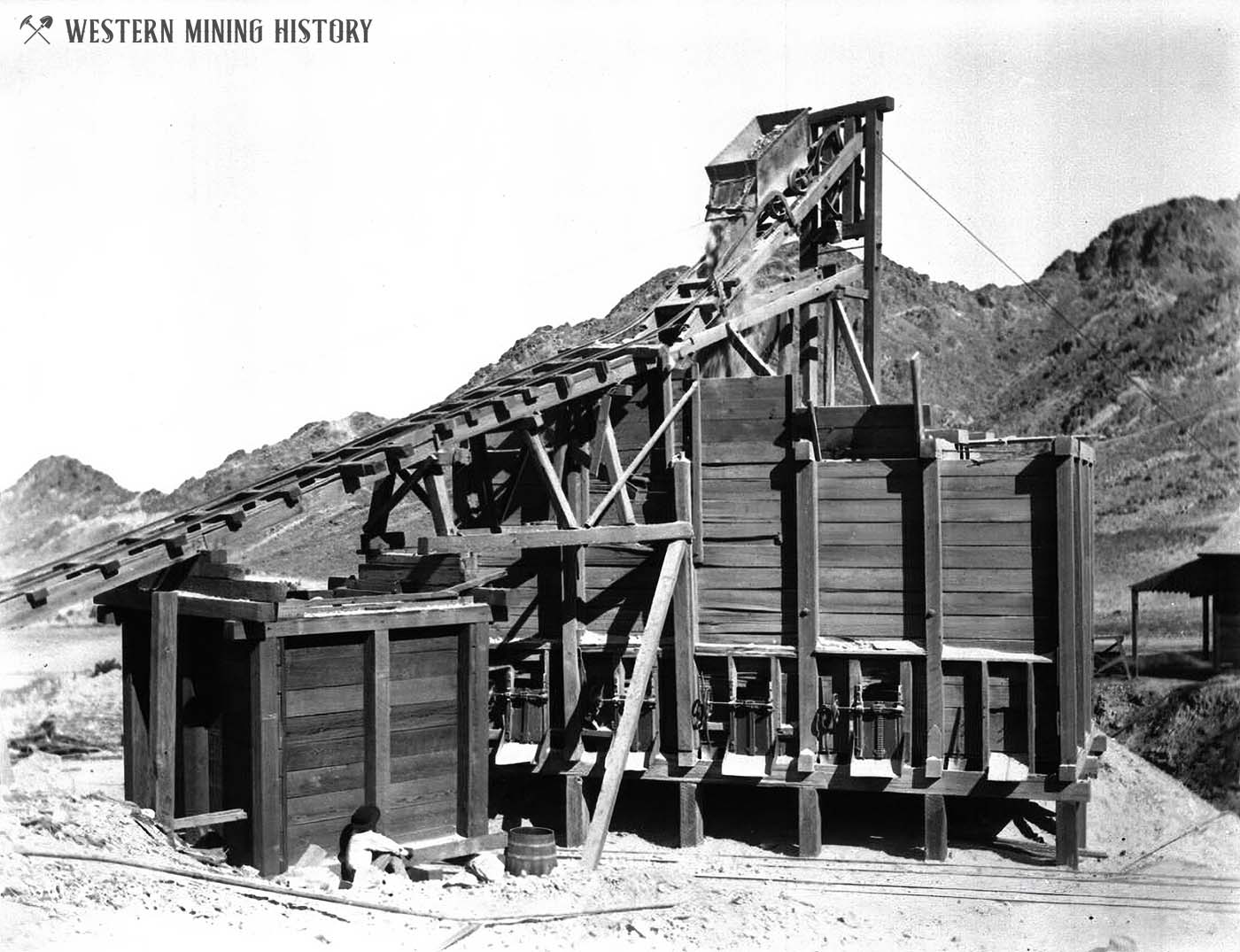
The company was hit with another lawsuit late in 1905, and not long after the Free Gold Mining Company ceased operations. Hedges was almost immediately abandoned.
In 1910, a new group of investors operating under the name United Mines Company acquired the mining properties at Hedges. Following the acquisition, the town was renamed Tumco—an acronym derived from the name of the new company. The new venture was not successful and the mines closed again in 1911. Various entities attempted to revive the mine in the years that followed, but none were successful.
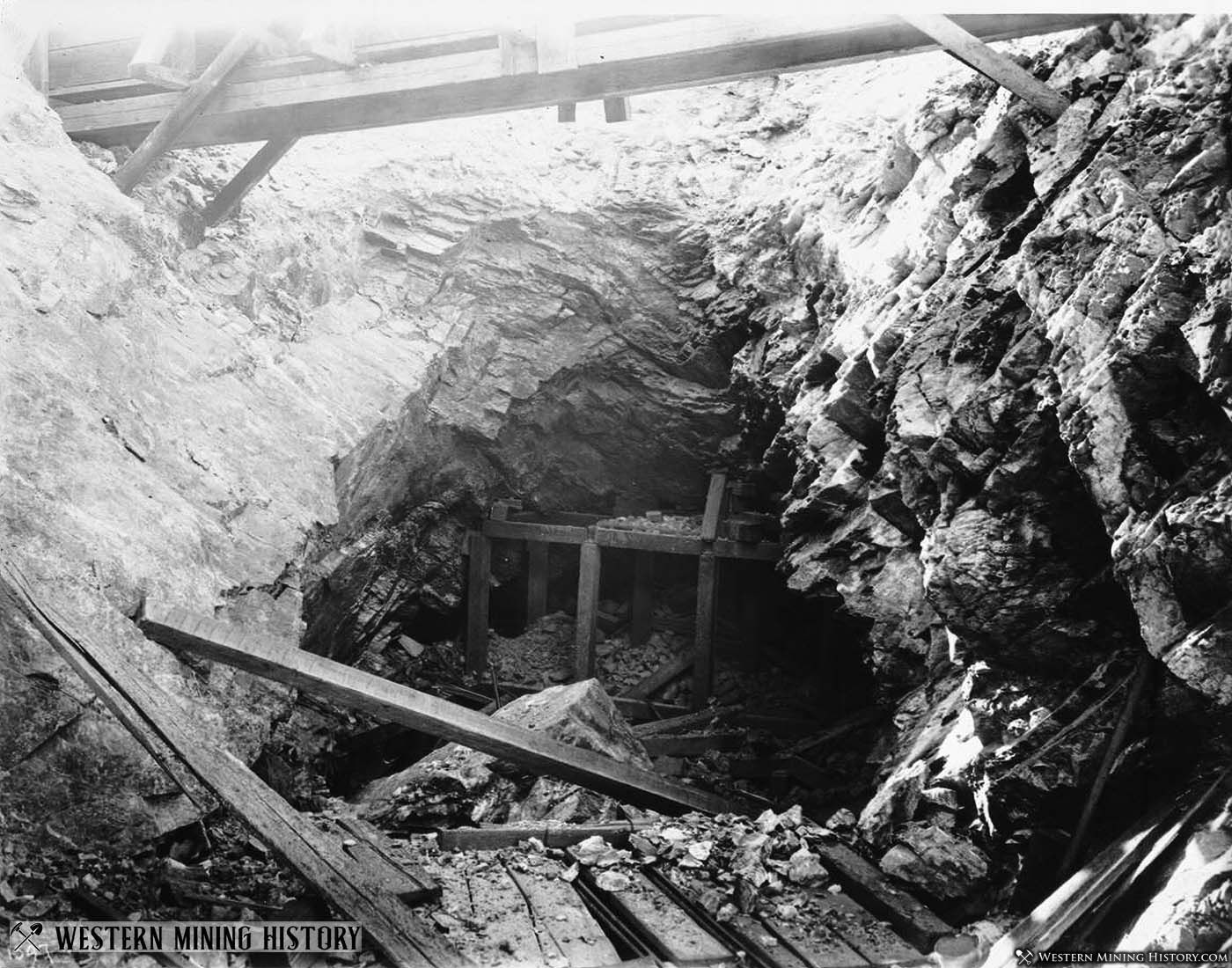
Intermittent small-scale mining continued at the location until 1941. When gold mining was curtailed by the government at the onset of World War II, the mines closed for a final time. Tumco was a ghost town by the end of the decade.
It All Started With The Gold Rush
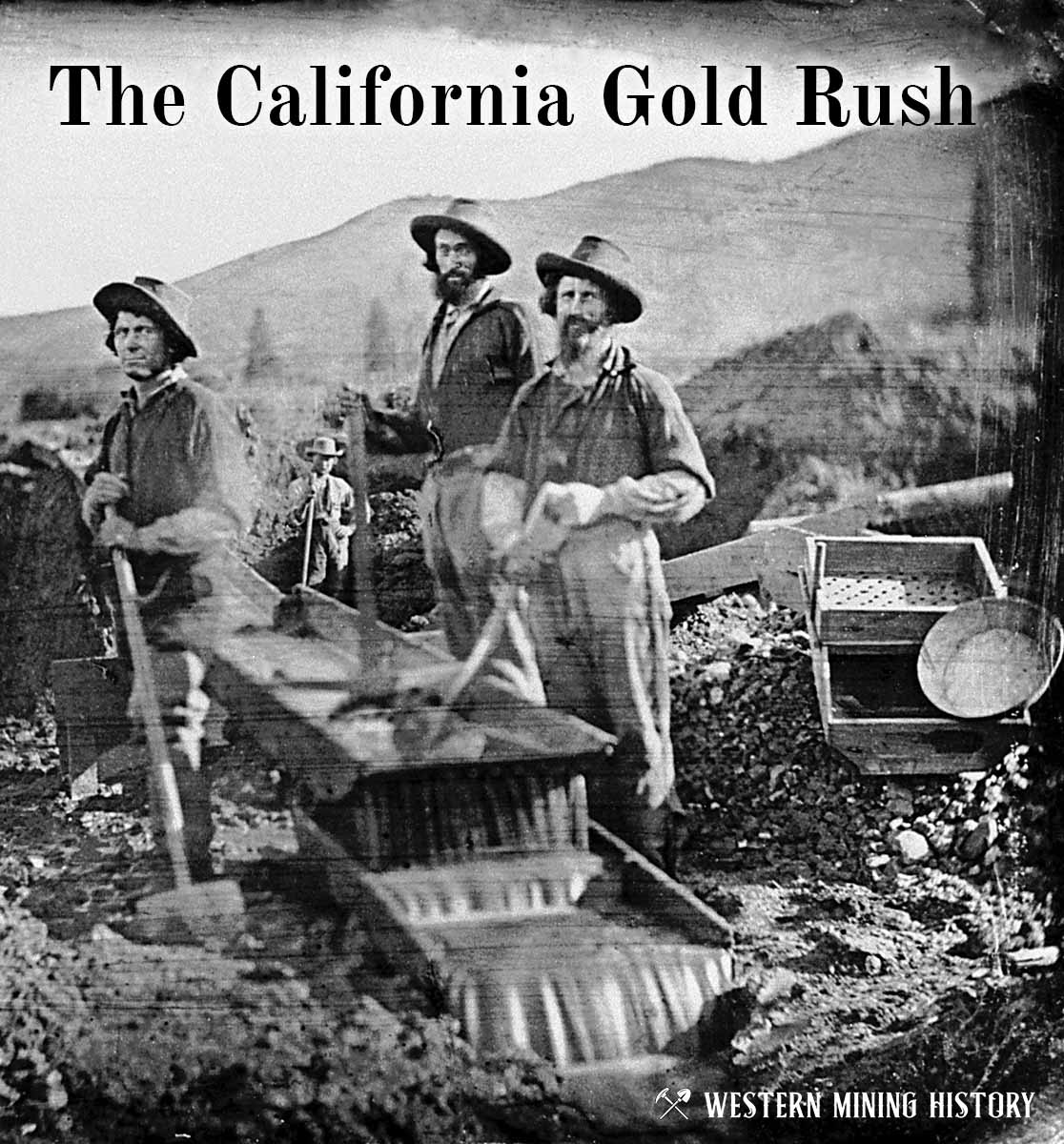
The great California Gold Rush kicked off the entire saga of western mining. Read about it at The California Gold Rush.
California Gold
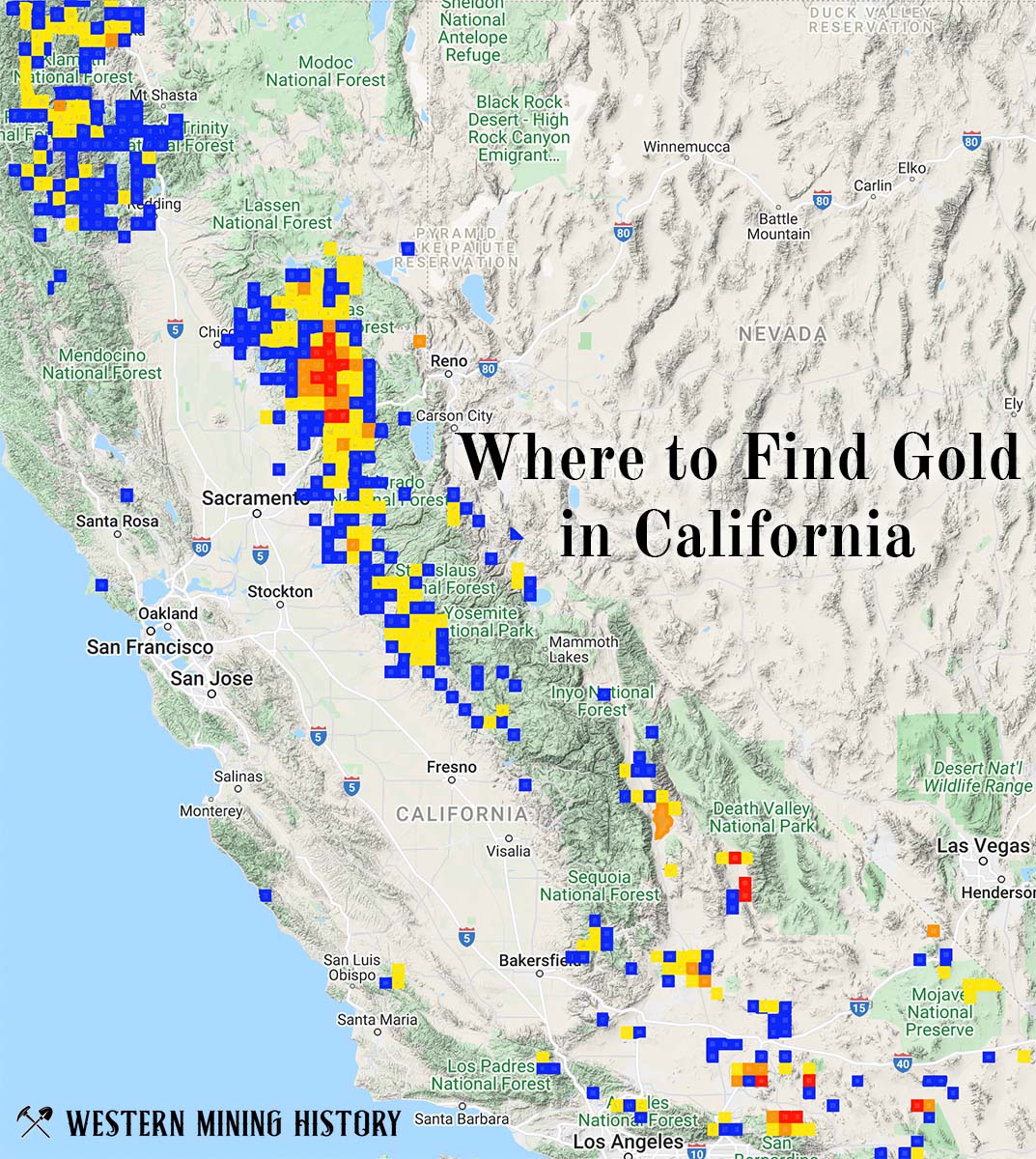
"Where to Find Gold in California" looks at the density of modern placer mining claims along with historical gold mining locations and mining district descriptions to determine areas of high gold discovery potential in California. Read more: Where to Find Gold in California.
